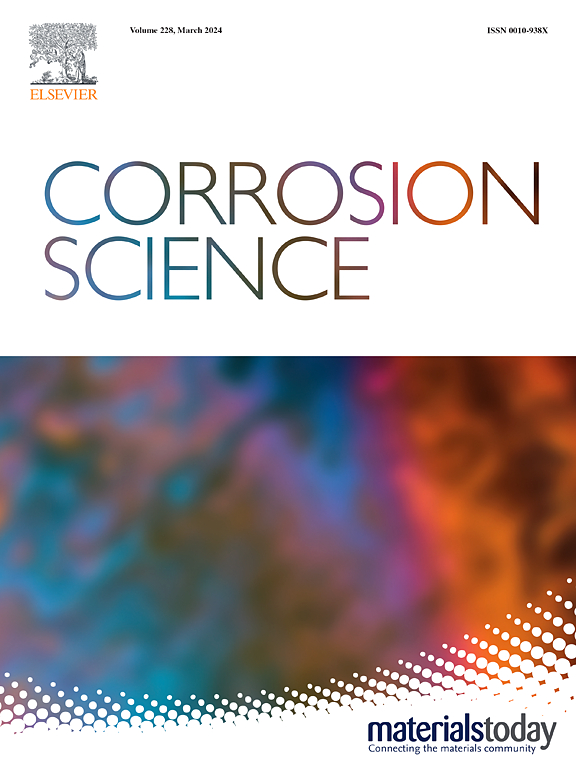高温加压水中不同冲击力下 Inconel 690TT 的冲击烧蚀行为和破坏机理
IF 7.4
1区 材料科学
Q1 MATERIALS SCIENCE, MULTIDISCIPLINARY
引用次数: 0
摘要
研究了 Inconel 690TT 在不同冲击力下的冲击烧蚀。结果表明,第三体层(TBL)的形成与冲击力导致的第三体层破碎之间存在竞争关系。随着冲击力的增加,破坏机制从粘着磨损转变为分层磨损,裂纹起始点逐渐从第三体层(TBL)转移到摩擦学转换结构(TTS)层的内部氧化区。冲击力引起的纳米晶边界和缺陷为内部氧化提供了通道。TTS 的形成机制是连续动态再结晶(cDRX)和双辅助 cDRX 的共同作用。本文章由计算机程序翻译,如有差异,请以英文原文为准。
The impact fretting corrosion behavior and damage mechanism of Inconel 690TT under different impact forces in high temperature pressurized water
The impact fretting corrosion of Inconel 690TT under different impact forces was investigated. The results indicated that there was a competitive relationship between formation of third body layer (TBL) and fragmentation of TBL caused by impact force. With the increase of impact forces, damage mechanism changed from adhesive wear to delamination wear, and crack initiation sites gradually shifted from TBL to internal oxidation zone in tribologically transformed structure (TTS) layer. Nanocrystalline boundaries and defects induced by impact force provided channels for internal oxidation. The formation mechanism of TTS was the combined effect of continuous dynamic recrystallization (cDRX) and twin-assisted cDRX.
求助全文
通过发布文献求助,成功后即可免费获取论文全文。
去求助
来源期刊

Corrosion Science
工程技术-材料科学:综合
CiteScore
13.60
自引率
18.10%
发文量
763
审稿时长
46 days
期刊介绍:
Corrosion occurrence and its practical control encompass a vast array of scientific knowledge. Corrosion Science endeavors to serve as the conduit for the exchange of ideas, developments, and research across all facets of this field, encompassing both metallic and non-metallic corrosion. The scope of this international journal is broad and inclusive. Published papers span from highly theoretical inquiries to essentially practical applications, covering diverse areas such as high-temperature oxidation, passivity, anodic oxidation, biochemical corrosion, stress corrosion cracking, and corrosion control mechanisms and methodologies.
This journal publishes original papers and critical reviews across the spectrum of pure and applied corrosion, material degradation, and surface science and engineering. It serves as a crucial link connecting metallurgists, materials scientists, and researchers investigating corrosion and degradation phenomena. Join us in advancing knowledge and understanding in the vital field of corrosion science.
 求助内容:
求助内容: 应助结果提醒方式:
应助结果提醒方式:


